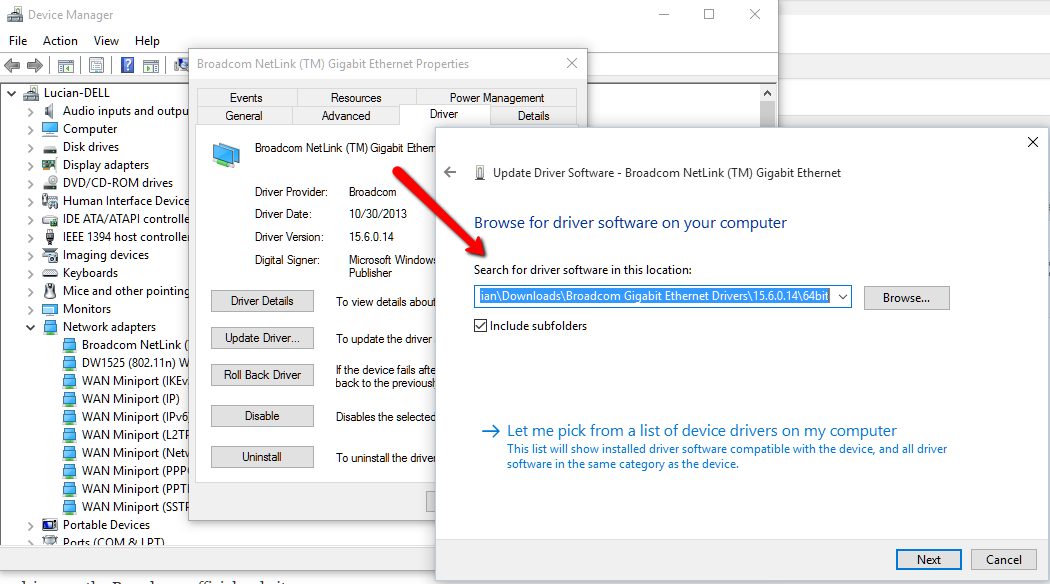

The extension does not matter – Some systems give printer files a default extension, like.Here are some things to watch out for when creating a PostScript file: Not all printers are PostScript printers. If you want, you can change this extension to. Once it’s installed, just choose it when printing your file. Then, choose “Microsoft, Microsoft PS Class driver“. On the drop-down for “Use and Existing Port”, Choose “File (Print to File)”. Next, choose the last option, “Add a local printer or network printer with manual settings”. Under “Settings, Devices, Printers & Scanners -> Add Printers and Scanners, click on “The Printer i want isn’t listed”. To Install the Generic Microsoft PostScript Driver Open your Visual Integrity software and, when prompted for a PostScript file to convert, go to the location chosen in Step 4 and select the new.ps as the extension, the default in Windows will be.

You will be prompted for a file name and location.Note that the PostScript tab under Properties should be set to Encapsulated PostScript (EPS) for best results. Note that you can install any PostScript driver included with Microsoft Windows without having the actual printer since you will simply be printing to a file. Open your file within your application and then select “File…”, “Print”.

If not, you must Install a PostScript Printer Driver before going any further. Most PC’s are likely to have a PostScript printer driver configured in its printers settings. Although uncommon these days, it’s easy it is to create a PostScript or EPS file from virtually any application on a PC.


 0 kommentar(er)
0 kommentar(er)
